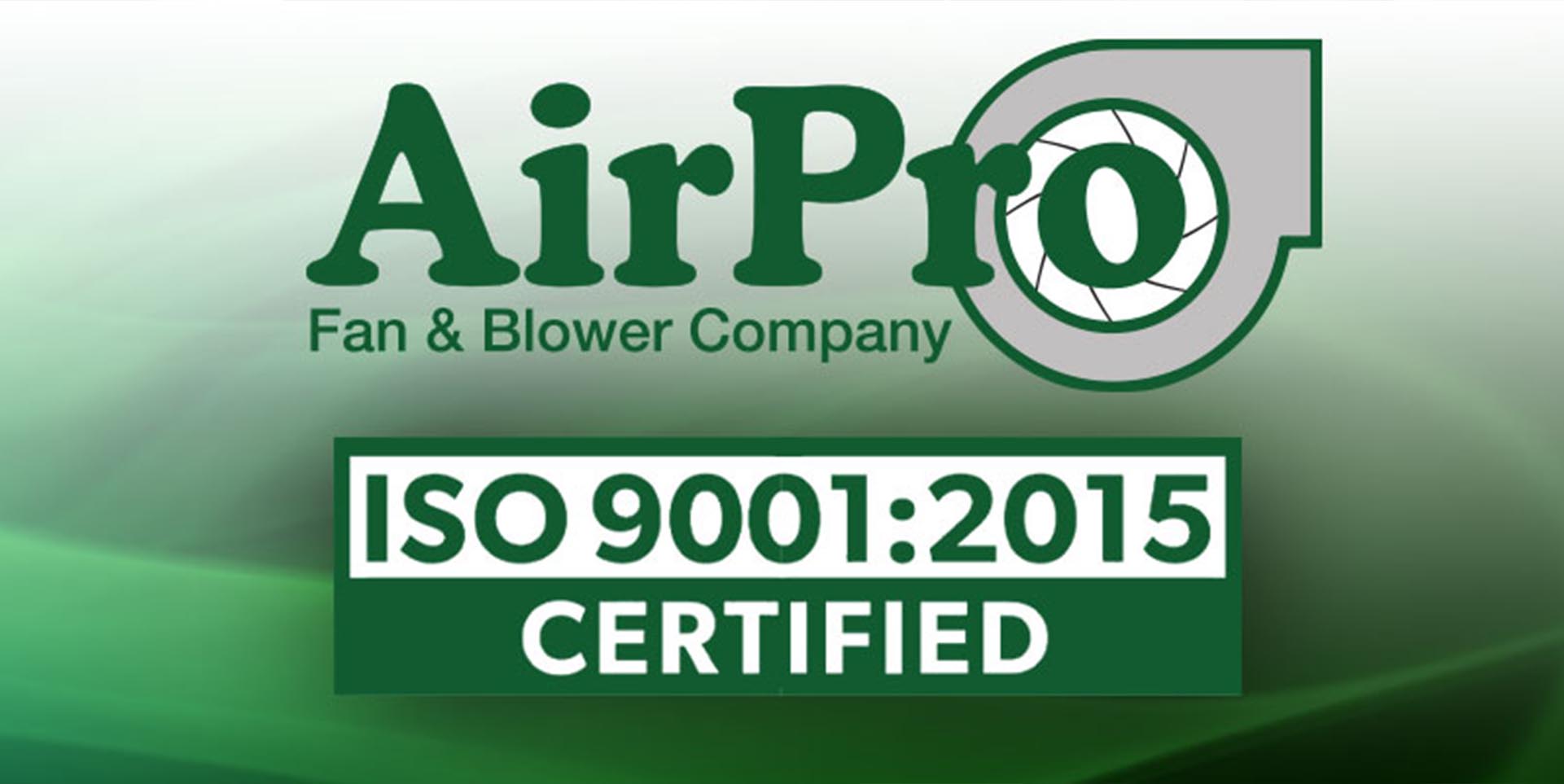Process Documentation for Sustainable Quality Management and Scalable Growth
After an intensive, company-wide initiative across 16 months and about 1500 labor hours, we officially earned our ISO 9001:2015 certification in February of 2022, based on the standards developed and published by the International Standards Organization (ISO).
The ISO organization website explains, “ISO 9001 sets out the criteria for a quality management system and is the only standard in the family that can be certified to (although this is not a requirement)… This standard is based on a number of quality management principles including a strong customer focus, the motivation and implication of top management, the process approach, and continual improvement.”
Spearheaded by Executive Vice President Keith White Jr., certification meant documenting every process involved in running the business. That served as both a reinforcement and an enhancement of the foundation of quality management principles upon which the company was founded.
“As engineers, we’ve always been process-oriented, but in order to scale our business for growth, we needed to make a formal commitment to documentation,” explained White Jr. “The pace of our growth in 2020 made it feel like the time was right. We couldn’t have picked a tougher time between Covid and the supply chain crisis for this arduous process, but the fact that we succeeded while continuing our record pace of growth really speaks to the baseline of quality management we built into our culture from the beginning.”
There aren’t degrees of certification – you either pass or you fail. The fact that we passed with flying colors on our first try is a testament to our commitment, which was also validated by the certifying body auditor, who said, “This is not a [normal] first-time certification. You guys are running a great company.”
Process-Driven Quality Management is Cultural at AirPro
Engineers solve problems by stepping back, doing analysis, and improving processes. That’s as true for the big picture as it is at the granular level. We have always felt confident that our collection of processes reflected quality management systems because it’s truly part of our identity and culture. But as much as quality and process were cultural strengths, the pace of our growth had started to reveal a cultural weakness: lack of disciplined documentation.
Most professionals can probably relate to a management tendency to default to doing things themselves because it takes more time to explain it to others. That helps describe a bit of where we were before embarking on the ISO 9001:2015 Certification journey. We were doing things efficiently and effectively, but we hadn’t stopped long enough to document HOW in a long time. As we began to scale our staffing, it became evident that the documentation was as important as the process itself.
In order to sustain the kind of growth we were experiencing, we needed to bite the bullet and formalize all of the processes that enabled it.
Quality Management for Scalable Growth
There’s no way around the fact that the certification process was hard. Painful even, but there’s really no other way to get through it. Our managers had to carry the burden of documenting each and every process so that they could feel the impact and own the outcome.
“We always had quality management processes, but for the most part, they were stuck in our managers’ heads. Now that they’re on paper, we will be able to organize more people efficiently for sustainable, scalable growth,” elaborated White Jr. “We had moments where managers couldn’t see the forest for the trees. I told them to get in a helicopter and get above the trees. They had to see it for themselves, and it really did give them a greater sense of what it means to be leaders as employee-owners.”
In addition to driving the documentation at the management level, we also hired a Quality Assurance (QA) / Quality Control (QC) / Safety Manager, Shari Klika about six months into the effort. That was partly so that we could maintain our operations during the certification process, but also to enable maintenance on an ongoing basis. Quality management does not end at certification; that’s just the beginning.
“We undertook this challenge because we believed we would be a better company for it,” concluded President and Founder Keith White Sr. “Most companies go through the certification process because they have to – because customers are demanding it. That’s not us. Our customers know us, and they know the level of quality management we put into our work and our products. It’s completely consistent with our values, our internal standards of reliability, and our industry-leading 3-year warranty, and what got us where we are today. We did it so that we could continue to be the kind of company we always have been even as we grow.”
Congratulations to Keith Jr., Shari, and the whole management team for a very difficult job very well done.
Related Content
Here are related posts and case studies that might be of interest as you think about your application.
- Founder’s Message: Quality of Work, Quality of Life
- Company Growth: A Virtuous Cycle
- Join Us for a Video Factory Tour
- Maintaining an Attitude of Reliability
We welcome comments and questions via our LinkedIn Page, and you can always Contact Us or Request a Quote for more details.


